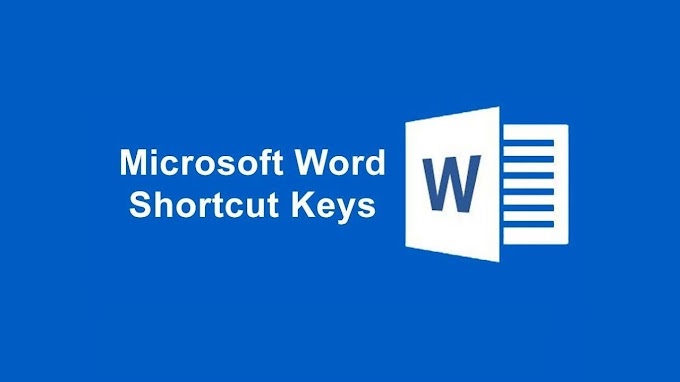1. Definition of a Computer:
A computer is an electronic device that processes data and performs tasks according to a set of instructions. It takes input, processes that input according to a program, and then produces output. The core function of a computer is to automate and speed up tasks, making it an essential tool in almost every field.
2. Types of Computers:
Computers come in a variety of sizes and capabilities. Here’s a breakdown of the main types:
Supercomputers:
- Definition: These are the most powerful and fastest computers in the world, designed for processing huge amounts of data at incredibly high speeds.
- Use Cases:
- Complex scientific simulations (e.g., climate modeling, nuclear physics).
- Weather forecasting.
- Space exploration and research.
- Examples: IBM Blue Gene, Cray XT5.
Mainframes:
- Definition: Large, powerful computers that handle and process large volumes of data for businesses and institutions.
- Use Cases:
- Bulk data processing (e.g., transaction processing for banks, airlines).
- Managing large databases.
- Providing services for multiple users simultaneously in industries like banking, insurance, and government.
- Examples: IBM Z-series, Unisys ClearPath.
Minicomputers:
- Definition: Also known as mid-range computers, these are smaller than mainframes but still powerful enough to handle data processing tasks for smaller businesses.
- Use Cases:
- Used by small-to-medium businesses for tasks like inventory control, payroll, and simple data processing.
- For specialized industrial applications.
- Examples: DEC PDP-11, VAX series.
Microcomputers (Personal Computers):
- Definition: These are everyday computers designed for use by individuals, often referred to as PCs.
- Use Cases:
- Desktop computers, laptops, and other consumer devices used for personal tasks, office work, entertainment, and gaming.
- Can be found in homes, schools, and offices.
- Examples: Dell, HP, Apple MacBooks, and Windows PCs.
3. Basic Components of a Computer:
A computer consists of several key components that work together to perform tasks. These components can be broadly divided into hardware and software.
Hardware:
- Definition: The physical components of a computer that can be seen and touched. These are the actual devices and machinery that perform computations, store data, and interact with the user.
- Examples:
- Central Processing Unit (CPU): The brain of the computer, responsible for executing instructions.
- Random Access Memory (RAM): Temporary storage that holds data and instructions currently being used by the CPU.
- Storage Devices:
- Hard Drive (HDD) or Solid-State Drive (SSD): Long-term data storage devices.
- Input Devices:
- Keyboard, Mouse, Microphone, Scanner: Tools used by the user to interact with the computer.
- Output Devices:
- Monitor, Printer, Speakers: Devices that output data from the computer.
Software:
- Definition: Programs or sets of instructions that tell the computer what to do. Software interacts with the hardware and provides functionality to meet user needs.
- Types of Software:
- System Software: The foundational software that manages hardware and allows other software to run. Includes operating systems and utility programs.
- Examples: Windows, macOS, Linux, device drivers.
- Application Software: Programs designed for specific tasks that the user needs, such as word processing, web browsing, or data analysis.
- Examples: Microsoft Word, Google Chrome, Adobe Photoshop, Excel.
- System Software: The foundational software that manages hardware and allows other software to run. Includes operating systems and utility programs.
Summary of Key Points:
- A computer is a machine that processes data and follows instructions to perform tasks.
- Supercomputers handle large-scale computations for research and development, while mainframes are designed for business data processing.
- Minicomputers serve mid-sized businesses, while microcomputers are used by individuals for a wide range of applications.
- Hardware refers to the physical components (CPU, RAM, etc.), while software refers to the programs that control the computer and provide specific functionalities.
Key Takeaways:
- Computers vary widely in terms of processing power and purpose. From the speed of supercomputers to the versatility of personal computers, each serves a different need.
- The hardware and software together create the foundation for any computer system, with the hardware performing the actual computation and storage, and the software providing the instructions for those operations.





